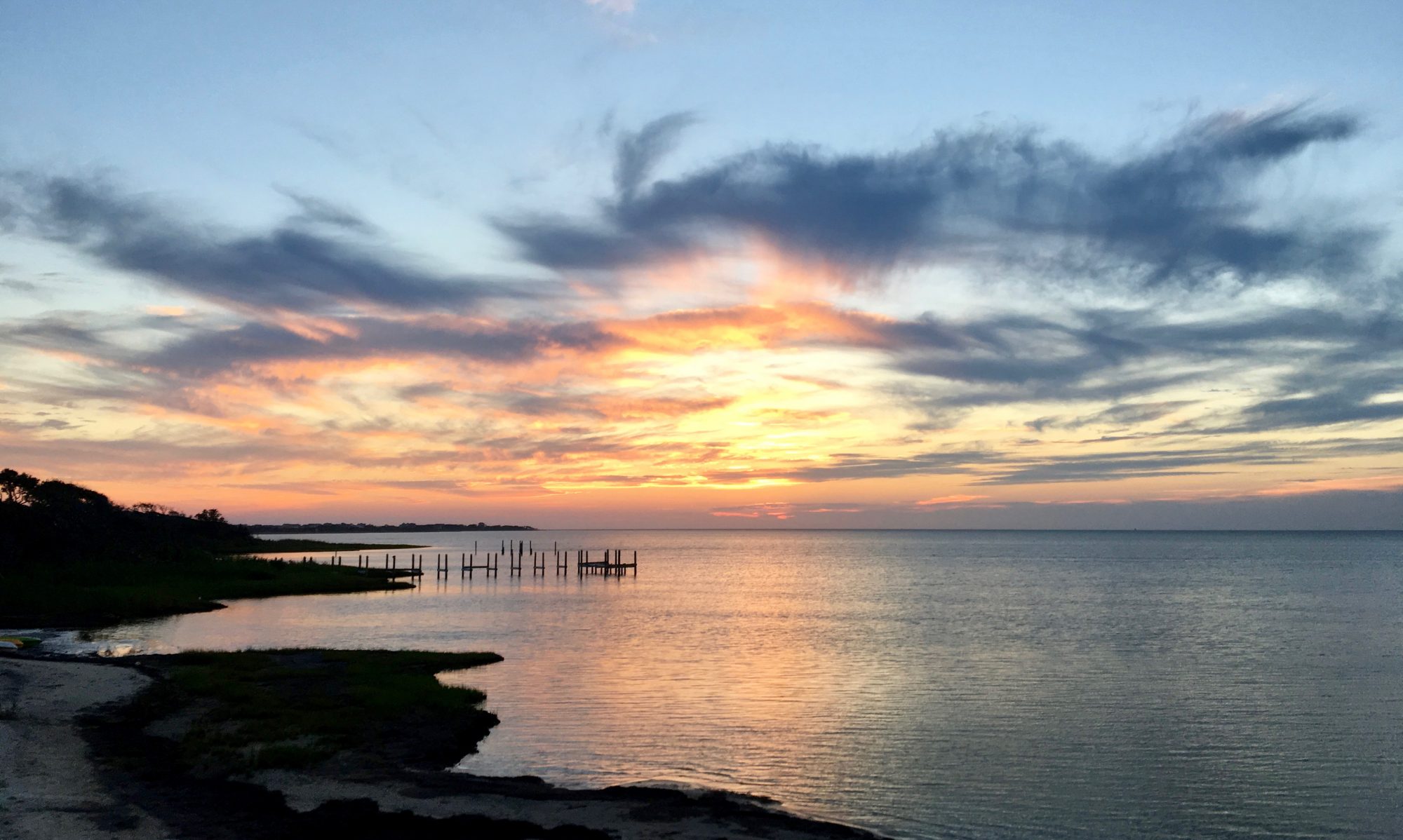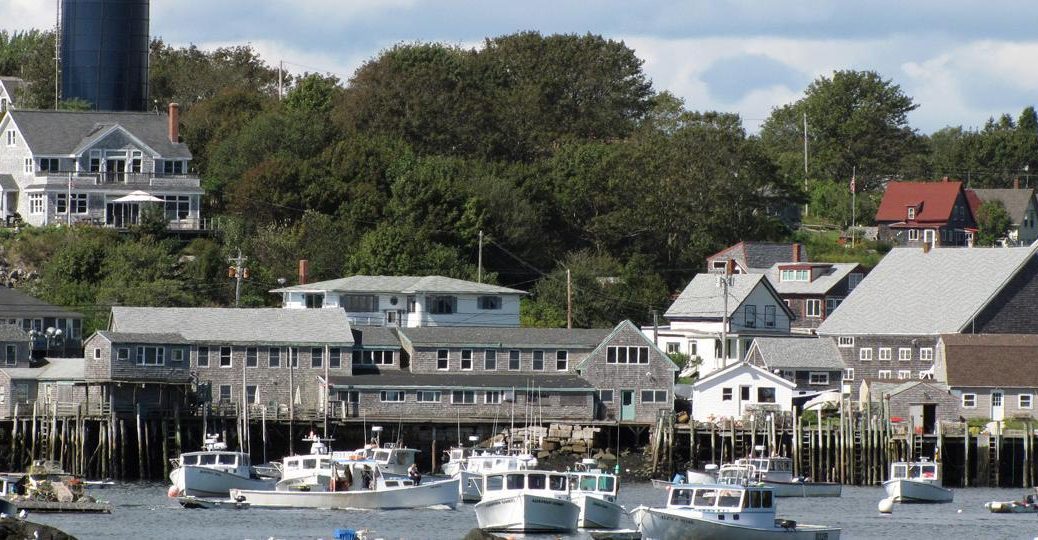By Ellis Kalaidjian
In an era of escalating climate change and rapid urbanization, the vulnerability of coastal communities to the devastating impacts of rising sea levels, intensified storms, and erosion has become increasingly evident. In this precarious context, the significance of nature-based solutions (NBS) in bolstering coastal resilience cannot be overstated. Nature, with its intrinsic ability to adapt and regenerate, offers a blueprint for sustainable strategies that harmonize human development with the natural world. Yet, despite a growing demand for NBS—evidenced by increased attention to NBS in climate change policy 1—traditional, hardened infrastructure is still the mainstream for coastal resilience projects. This disconnect requires, among other things, reflection on the roles that many stakeholders will need to play in the promotion of NBS alternatives, given the multiple jurisdictions involved in coastal management. In a recent publication in Coastal Management, a group of researchers from Old Dominion University, including TCS member Michelle Covi, investigated the roles that environmental nonprofit organizations can play in the promotion of a particular type of NBS, living shorelines.
The study employed a qualitative research approach to analyze the roles of several Virginia-based environmental nonprofits and the activities they undertake in encouraging living shorelines over shoreline hardening. The researchers conducted a series of interviews with senior-level staff of each nonprofit, in which they probed information related to the organizations’ work related to shoreline management and the centrality of this work to their mission, collaborations with other nonprofits and contractors, and their advocacy activities at the local, state, or federal level. Interview recordings were transcribed and then qualitatively coded to identify overlapping themes related to roles amongst the transcripts.
Five roles were identified in their analysis: (1) public education about living shorelines, (2) advocacy for living shorelines, (3) technical assistance to design and install living shoreline projects, (4) training for professionals to increase capacity for living shoreline projects, and (5) access to funding. The first role, education, is the primary role played by environmental nonprofits in promoting living shorelines, and public education activities mentioned in interviews included holding standalone information sessions, workshops, and other events targeted at the general public. Advocacy, the second main role, came in many forms in the study sample, ranging from local-level advocacy efforts to, e.g., incorporate NBS in local zoning ordinances, to national-level advocacy efforts to mobilize resources for living shorelines. Several nonprofits in their sample also emphasized the roles they play in assisting with the permitting, planning, design, and construction phases of NBS projects, often acting as intermediaries between property owners and contractors. Along with offering technical assistance, nonprofits offer training to prospective NBS actioners through specialized certification programs. And, lastly, several interviewees’ organizations underscored their roles in mobilizing funding for living shorelines in the form of, e.g., localized cost-share programs to help incentivize living shoreline implementation on private properties or assistance navigating the expansive landscape of federal grant programs.
While maintaining recognition of the local specificity of this study’s results, their findigs allow us to confidently speculate about the potential roles, both upstream and downstream of the living shorelines regulatory process, that environmental nonprofits can play in NBS promotion nationwide. As the authors conclude, the practical implications for promoting greater involvement by the nonprofit sector in shoreline management include the following:
- Extensive involvement in public education – identifying best practices for improving how effectively nonprofits engage with and educate the public.
- Encouraging advocacy at different levels of government to receive feedback regarding effectiveness of permitting process and regulatory specification on the ground.
- Ensuring nonprofits have adequate and up-to-date scientific and technical knowledge to design and build living shoreline projects.
- Support in publicizing training programs and partnering with more nonprofits on defining training standards and delivering training programs.
- Expanding nonprofit partnerships that focus on funding access for property owners and construction professionals training to incentivize more living shoreline projects in coastal areas.
Citation:
Saitgalina, M., Yusuf, J. E., & Covi, M. (2023). Shoreline Management and Coastal Resilience in Virginia: Analysis of the Roles of Environmental Nonprofit Organizations in Encouraging Living Shorelines. Coastal Management, 51(3), 172-185.
Disclaimer: This post does not serve as an endorsement of
the author’s opinion, nor does it express the views of the Coastal Society.







